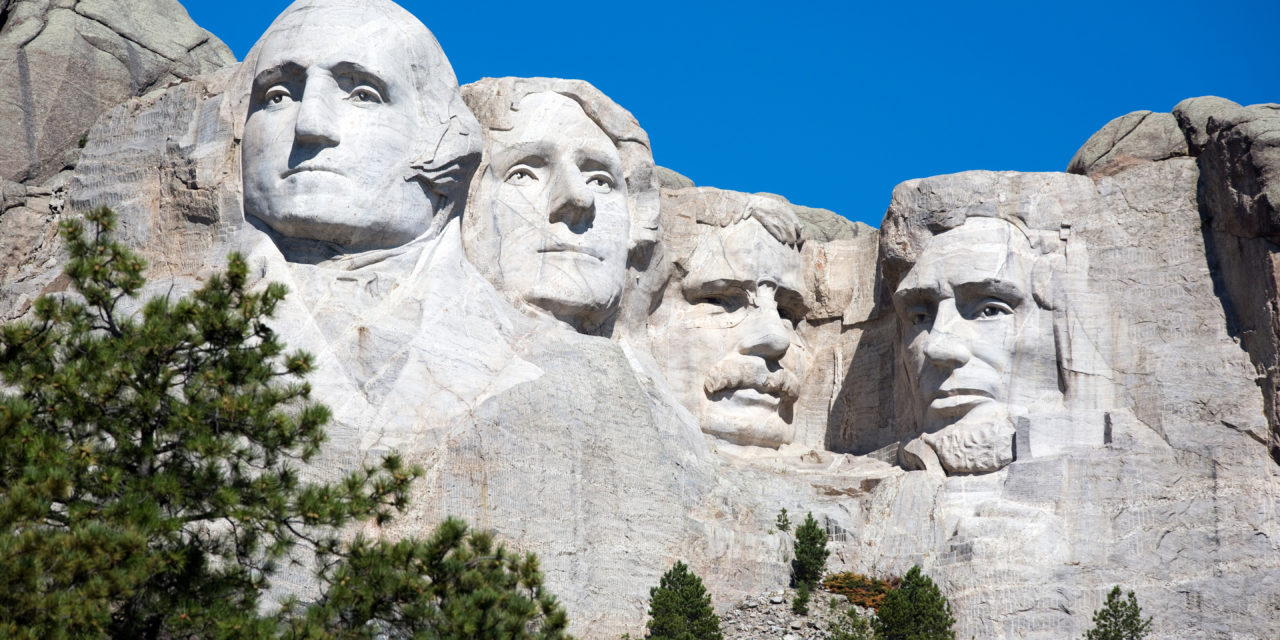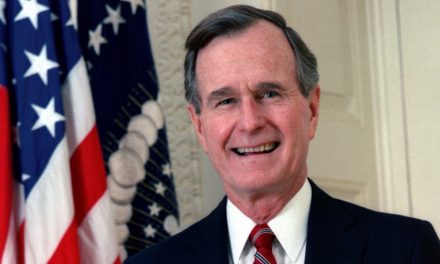Known as the “Shrine of Democracy,” the 60-foot-tall carvings of George Washington, Thomas Jefferson, Teddy Roosevelt and Abraham Lincoln on Mount Rushmore in South Dakota’s Black Hills were completed in 1941 – long before the rise of cancel culture.
Yet, would it surprise you that the man responsible for creating the majestic monument foresaw the push to erase our nation’s history – even going so far as to warn against the onslaught by making it difficult, if not impossible, to ignore his beloved country’s heritage?
His name was John Gutzon de la Mothe Borglum – better known as Gutzon Borglum. Like many people in history, he was complicated – and controversial. A revolutionary sculptor who presided over the colossal South Dakota construction project beginning in 1927 until his death in 1941 at the age of 74, Borglum’s life and career were unconventional, and on many levels.
The son of a Danish Mormon bigamist, Borglum was born in Idaho, raised most of his childhood in Nebraska, moved to California at age sixteen, and was professionally trained in Europe.
Early in his career, he accepted commissions to carve statues of Jesus’ apostles, as well as angels for the Cathedral Church of St. John the Divine in New York City. With the latter project, he sparred with church officials who wanted the angels to possess a more stern and masculine appearance. The young artist ultimately obliged.
But a pivotal point in his career came when he decided in 1908 to carve a large bust of Abraham Lincoln out of granite for Teddy Roosevelt’s White House. Weighing 375 pounds, the exquisite work was warmly received. Upon seeing it for the first time, Robert Lincoln, the son of the late president, remarked, “I never expected to see father again.”
Helen Plane of the United Daughters of the Confederacy was so impressed with Borglum’s work that she invited him to oversee his first massive mountain project – a statue of Robert E. Lee on Stone Mountain in Georgia. Borglum eagerly accepted, and expanded the scope and design.
It would be on Stone Mountain that Borglum would perfect the use of dynamite (90% of Mount Rushmore was blasted rather than carved and chiseled) in his work. But after ten years working on the Georgia project, Borglum’s relationship with the group soured. The group found him difficult and exhausting to deal with – a prickly, demanding and perfectionistic artist. He left the work unfinished, smashed his models and took off for the Black Hills. Mount Rushmore would be his final and most enduring work.
Some historians have suggested Borglum’s work on Stone Mountain points to racist sympathies, but others suggest it was more a matter of a man meeting an opportunity. His abrupt departure along with the artist’s fondness for Lincoln – both before Rushmore and during – would seem to suggest the latter to be more the case.
Over four hundred thousand tons of granite would be blasted during Borglum’s unprecedented 14 years of work in the Black Hills. Emerging from the mountain would be four men representing four seasons of America: George Washington (the nation’s birth), Thomas Jefferson (the country’s growth), Teddy Roosevelt (the United States’ development) and Abraham Lincoln (America’s preservation).
Just seven months before his death, Borglum met at the near completed monument with newspaper reporter David Perlman. The two men went up together in a cable car and stepped out onto the wooden scaffolding erected on the mountain.
“Every nation, when it becomes truly great, builds its monuments in its own likeness,” Borglum reflected. “Yet every nation, in time, falls prey to conquerors and those conquerors strip away their monuments because they would be a reminder that an earlier age was great.”
He continued:
“It was this thought that made me conceive originally of placing our great national records high on cliffs, on rocks of communally useless materials.”
Gutzon Borglum didn’t live to see his work completed, but his son, Lincoln (named after the sixteenth president), helped oversee the final months of the historic project.
At the core of Borglum’s prediction/observation is an understanding of human nature. Without our vigilance and maintenance, history can be revised and even obliterated. We cannot and should not let this happen. After all, with the push of a button, the big tech titans are attempting to erase and seemingly change history.
Not so with Mount Rushmore, whose four chiseled and celebrated faces continue to stand watch no matter the weather – a good reminder that imperfect and ordinary people of any era who are willing to serve others can make a difference for generations to come.






